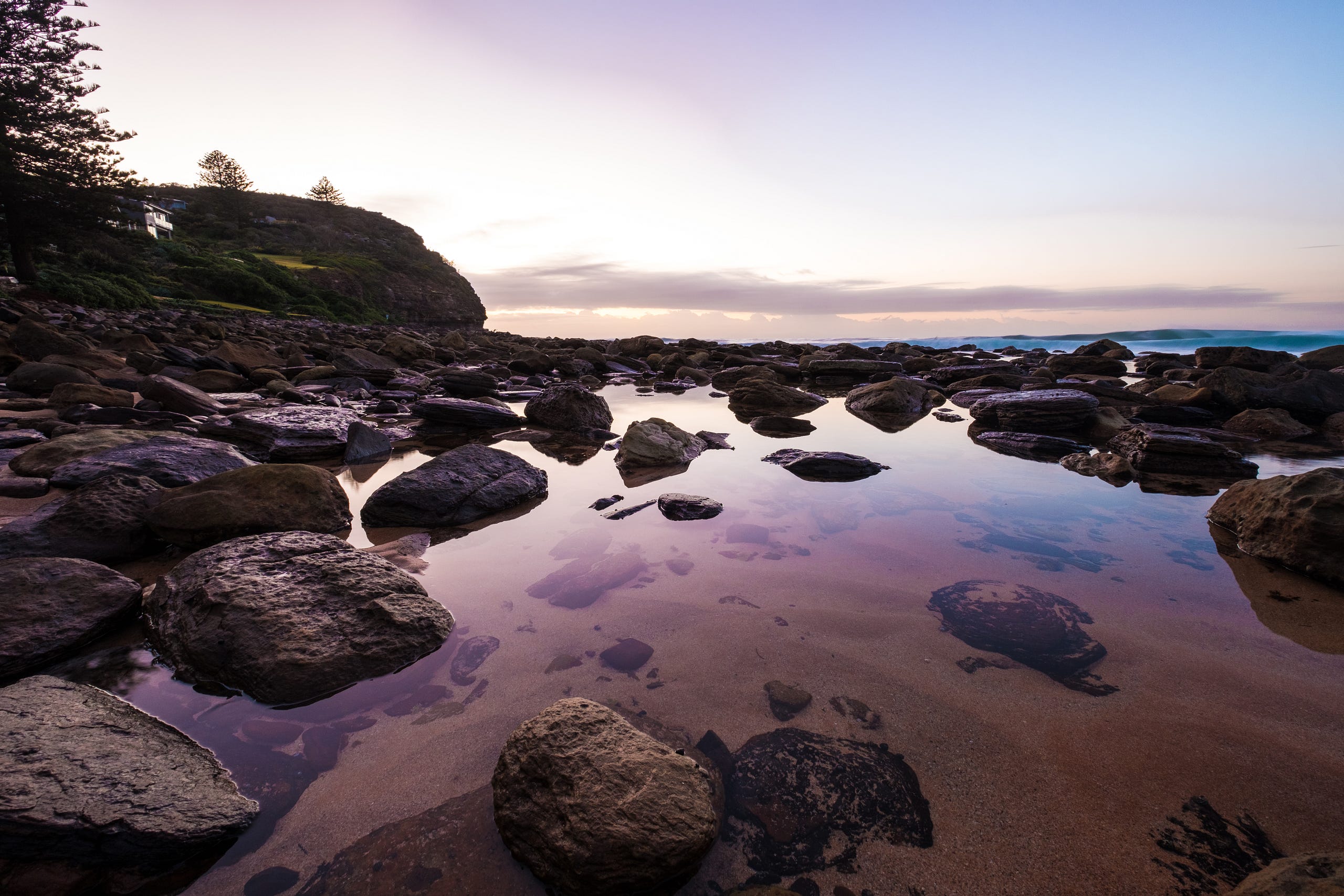
One of the great vacations my family took when I was a kid was a road trip down the Oregon coast and into Northern California.
I was 12 years old when we hitched up our tent trailer to our minivan, pulled out of our driveway in Edmonton, Alberta, and headed for the US border, making our way through Montana before snaking our way up the Columbia River Gorge toward the coast.
That trip was the beginning of what has become a life long love affair with Oregon, and particularly the coast, a place I find to be filled with magic, energy, and inspiration.
I’ve returned a handful of times since that first trip, and each time end up discovering new places and walking away feeling renewed.
While I don’t remember many specifics from that trip, there’s one memory — and some advice from a park ranger — that I recall every time I return. In fact, the advice has become a practice I apply increasingly in the rest of my life as well.
Science(ish)!
If you’ve never gone tide pooling, you’re missing out.
(It’s possible you’re not missing out and that I’m just a nature nerd, but for now, let’s just compromise and say that I am a nature nerd and you also are missing out, cool?)
Tide pools form when the tide comes in, covering a rocky, uneven, pothole-filled coast, and then goes out, leaving dozens or even hundreds of pools filled with seawater.
Aside from seawater, however, these pools are inhabited by countless flora and fauna adapted specifically to live in this intertidal zone.
Anemones, urchins, sea stars, crabs are some of the most common and obvious inhabitants, although apparently it’s not entirely uncommon to find octopi, eels and other more exotic surprises.
This vacation down the Oregon coast was the first time I’d ever gone tide pooling. Mainly I was excited for the sea stars, which seemed thoroughly exotic to 12-year-old me.
Sea Stars Galore
Our first excursion was timed to coincide with a daily demonstration by the local park rangers who promised to explain all the tricks of the tide pooling trade (and much to my dismay inform us that we weren’t allowed to pick up the sea stars).
As we started picking our way among the pools dotting the slick, rugged shoreline, I immediately spotted the main attraction, and feasted my eyes on the dozens of sea stars.
Green, orange, even purple! There were the familiar five-legged variety, but there were also some less common and heretofore unknown to me, eight-legged stars.
The Art of Tide Pooling
Pretty soon, however, sea stars began to feel a little less exotic, and other than them, the tide pools started to seem kinda boring… I mean, sea stars themselves aren’t the most exciting creatures on Earth, all stuck to the wall, unmoving and all.
Indeed, tide pools seemed to be little more than real-life, water-filled dioramas, with little to no movement in many of them, and only the gentle movement of the waves lapping in and out of other lower-lying pools.
Perhaps seeing that I was moving from pool to pool, looking for about 3 seconds in each before moving on to the next one, clearly in search of something “interesting”, one of the rangers walked over.
“Do you want to know a trick?” she asked.
I didn’t really want to know a trick, but not feeling like I had much choice in the matter and that it might be rude to decline, I nodded.
“Ok, so when you look into the pools they’re kinda boring right? What you need to do is pick a pool and just stare at it for 30 seconds or a minute. It doesn’t look like much is going on in the pools at first, but once you stop and really pay attention, you’ll start noticing all kinds of little critters that you didn’t see before!”
Skeptical, but without much choice in the matter seeing as she was hovering over me, waiting for me to put her tip into action, I stared down at the pool in front of me and waited.
Sure enough, as I stared for 15 seconds, then 30, then 45 I began to notice that activity abounded, albeit at a smaller scale than I had originally been looking for.
There were tiny fish hiding in the swaying arms of anemonies, water beetles striding across the water’s surface, hermit crabs scuttling along the bottom, and more.
It was a sight that once seen, could not be unseen, and the moment of seeing past the initial stasis as my eyes adjust to the micro activity has become something I look forward to and find wonder in every time I visit the coast and go tide pooling.
Adjusting Your Scale Of Vision
For some reason, the park ranger’s lesson has stuck with me for close to 20 years, and more recently, I’ve been thinking more about how that lesson translates into the rest of my life.
How often do we let our first impressions of a person, place, or experience deter us from digging deeper and exploring further?
With near-infinite and immediate access to seemingly everything, it often feels easier to put more weight on our initial reactions, and once any thrill has worn off, go looking for our next hit of excitement.
This behaviour perhaps most obviously apparent in the world of online dating, and has certainly been well documented.
But how many other areas of our lives are we passing up a chance at being truly awed because we were in too much of a rush to take a couple of minutes to let our eyes adjust, look a little more closely, and discover a fascinating world we didn’t know to look for?
Everything is interesting if you approach it with curiosity and know what to look for. But it usually takes more than a cursory glance to have our curiosities piqued.
Life is richer when we approach the things we encounter with this mindset, slow down, take the time to understand who and what we’re dealing with, and dig past our first impressions.
By doing this consistently, we lead more interesting lives, bring out the best in ourselves and others, and experience states of wonder and awe more often.


0 Comments